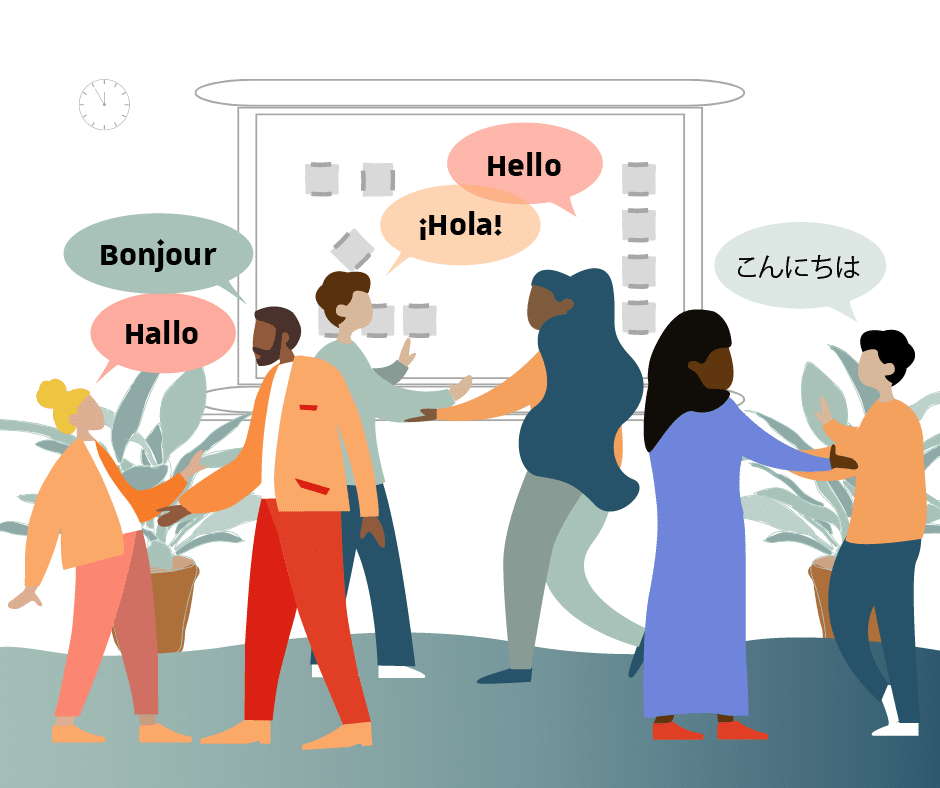Alux Toledo - Reflection on Presentation (Part 1)
Between Connections and Collaborations, we all use Communication (by Alux Toledo)
The other day, my fellow colleagues and I presented our slides pertaining to our assigned chapters in class. I believed these presentations were going to be boring, tedious, and overall mentally exhausting. However, I am pleased to say that I wasn’t completely wrong as some of the presentations were able to keep me awake throughout the entire two hour morning class. There were presentations that had interesting and engaging ideas and methods while still being relevant towards the presented subject in question. Allow me to share my thoughts, starting with…
Chapter 3: Intercultural Communication.
This chapter for intercultural communication was actually one that I myself worked on. Each of us picked a topic to talk about on a slide. I opted to go with Race and Ethnicity since it seemed like a topic I could actually get an idea from while making the slide. What this chapter overall dives into is how people who originate from varying cultural backgrounds interact with each other, and how different subjects like language, values, and religion are across cultures. Some concepts that you can expect to learn from this presentation are Masculine cultures vs Feminine cultures, the meaning of culture shock, high context cultures vs low context cultures, what generations mean, individualism vs. collectivism, and even how to metaphorically make a decent non chicken salad bowl (more on that later).
When it was my turn to speak, I decided to have a script ready beforehand since I didn’t want to run the chance of winging it. I think I did pretty well in my presentation, but it was two of my colleagues that really surprised me with their own slide shows. The two people were Bianca Lopez and Michael Oliveros. What I really liked about their presentation was how they said a lot with only a small amount of text present. Specifically, I like how Bianca only had four images with a very small amount of text to define each image, but then goes on to speak aloud about defining the images in greater and larger detail than the text provided in the slide. Meanwhile, Michael hardly has any text in two slides, and all the rest of them are just a few images or a video. Despite that, he still proceeds to yap about everything he has to in a good amount of detail and overall gets his point across well. I think that they took a rather interestingly good approach by showing a little and saying a lot.
The way this presentation was wrapped up was by our Project Manager, Erika Navarro, talking about whether the United States was a metaphorical melting pot or a salad bowl. This is supposedly a traditional debate when it comes to talking about cultural integration. So in a “melting pot”, cultures mix together to make a sort of constant identity, and in a “salad bowl”, different cultures coexist with each other while still keeping their unique qualities. Erika decided to use video to help in describing this and to also get people thinking about this topic.
Chapter 9: Communicating in Groups
If you couldn’t tell from the title, this chapter focuses on the different examples of groups that we communicate with and the very concept of group communication. The chapter details the functioning of healthy groups, the roles individuals assume, and the various stages that groups experience, including forming, storming, norming, performing, and adjourning. Overall some important stuff that I know that there are a lot of people in the world who probably had to go through this, so when watching the presentation, the ideas shown felt pretty relevant to today’s time.
Now I have to make a small confession. After my group finished their presentation, I was feeling very hungry and decided to make myself a quick breakfast. Meaning that I missed about a quarter or fifth of the presentation. From the remainder that I saw, I can conclude that this group did a good job in talking about the realistic topics of this chapter. The information on their slides was well organized and they explained their topics in an easily followable manner. This was clearly meant to reflect on people’s experiences in different groups and I’d definitely say they succeed in that department. I caught myself reminiscing about certain people and families who always seemed so different from what is considered to be the average person.
My favorite part of this presentation was probably when Kevin Santiago took the stage. The way he describes healthy groups as a symphony felt like a nice way to give a metaphorical example. Everyone has to rely on each other to do their respective part lest they have poor coordination that weakens the outcome. He then goes on to remind us about harmful forces plaguing the internet such as pro-ana communities. I personally think that this is a good thing to relearn about every once in a while.
Chapter 10: Group Leadership and Problem Solving
Finally chapter 10, a chapter that I think is pretty straightforward and has a decent amount to work with. The people presenting talked about what defines a proper leader, the varying types of leadership roles, and the many historical figures that were considered to be leaders during their time. This whole presentation really just reminded me how important it is to have a leader figure, otherwise it would be harder to make progress.
I only really have two notes for this presentation. One, it felt as if only the first fifteen percent of this presentation was focused on problem solving, and the rest of it was about leadership. Perhaps the topic focuses could’ve been more balanced or just had more on problem solving in general. Two, I believe they could have some better coordination when it came to who’s turn it was to talk. I remember there being instances where the next slide would come up, but it took a good minute for someone to start talking.




Very honest reflection. Nice writing.
ReplyDelete